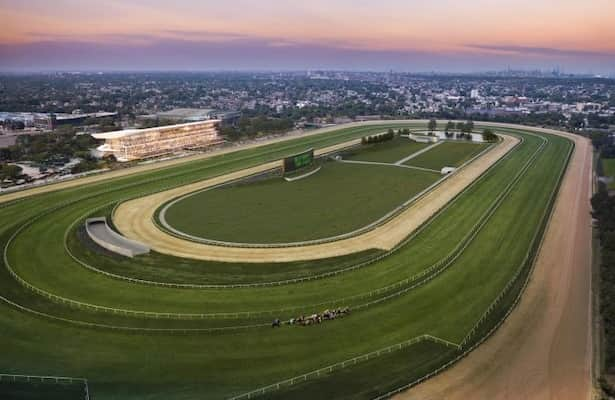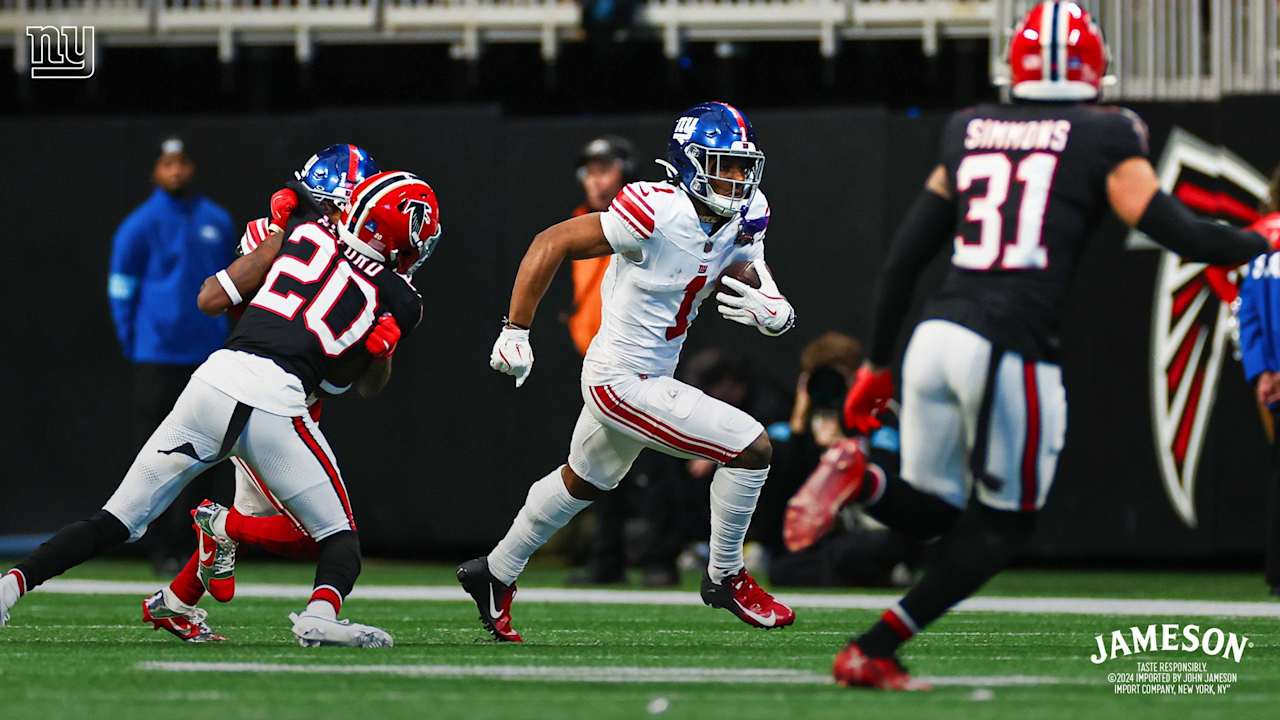Horse Racing
Synthetic is a hot topic heading into N.Y. horsemen’s meeting

Saratoga Springs, N.Y.
The New York Racing Association has received significant pushback since it announced plans to race exclusively on a synthetic surface for approximately three winter months once the new Belmont Park opens in 2026.
The decision went against the expressed wishes of many of the state’s trainers and breeders. It is sure to be a hot-button topic when the New York Thoroughbred Horsemen’s Association holds its annual general membership meeting Tuesday night.
“The opinion of the vast majority of owners and trainers was clearly against being limited to synthetic. They want options,” said Tina Marie Bond, NYTHA president. “It’s hard to predict what the weather is going to be. But if we have a mild winter and we could race on the dirt, it seems silly to take that option away.”
In a NYTHA survey of its members, 87 percent favored a dirt track with a limestone base but no clay pad. The use of a clay pad makes it impossible to winterize the track. Sixty percent responded to the survey that they would race less, or not at all, if Tapeta was the only option.
“There are a lot of horsemen and women and breeders who are very upset about this,” said Bond. “I’ve heard from several breeders that they’re going to scale back or get out of the breeding game altogether.” Tina and her husband, James, have long been mainstays in New York with their breeding and racing operation.
NYRA’s decision followed extensive discussions with all parties. “At its core, our vision for the new Belmont Park is centered around modernizing racing and training facilities in ways that will ensure the sport’s continued success and future growth,” David O’Rourke, NYRA’s president and chief executive officer, said in a July 1 press release.
Everything is being done to see that all of Belmont Park’s racing surfaces are as safe as possible. With that in mind, the dirt track is being modeled after Saratoga and its highly-regarded Oklahoma Training Track as part of a massive $455 million project.
According to The Jockey Club’s Equine Injury Database, Saratoga had the lowest rate of incidents per 1,000 starts compared to the old Belmont Park and Aqueduct. Saratoga’s figures are well below the national average as the sport faces immense pressure to do everything possible to enhance the safety of horses and riders. The Oklahoma training track also has been hailed for its quality. Legendary trainer D. Wayne Lukas describes it as “very forgiving.”
In the July 1 press release, O’Rourke also said of the winter commitment to Tapeta, “NYRA has closely tracked the evolution and application of synthetic surfaces and the relevant data unequivocally supports a shift to the all-weather surface during the winter months.”
Trainers such as Linda Rice who have been devoted to New York racing year-round, are already wondering if they will have to re-think that approach. Many dirt horses and some turf runners cannot handle all-weather surfaces.
“We’re going to all have to take a look at our barns and our clients and horses and decide if racing in winter is the right place for us or if we have to take divisions to other locations that do run on dirt, whether it be Maryland or the Fair Grounds or Hot Springs, Ark. (Oaklawn Park),” Rice said. “It will force some change, but change in my life has always been good for me.”
Given that daily expenses associated with operating in New York are higher than elsewhere, it would be extremely costly to owners and trainers to have healthy horses sidelined for 25 percent of the year.
Based on the expected timeframe that Tapeta would likely be used from mid-December to possibly mid-March, two of New York’s important Kentucky Derby prep races would be contested on synthetic. “I personally am a little concerned that it will dwindle dirt racing in New York year-round,” Rice said.
Mike Repole, who has made a massive investment as an owner, is another worried about long-term consequences. “When you say, ‘We’re going to be 100 percent on one surface and it isn’t dirt, you haven’t really thought through the long-term ramifications,” he said. He added, “I’m not buying synthetic horses at the sales. I don’t think other people are.”
Repole is upset that NYRA chose not to respond favorably to the wishes of some of those who spend heavily on horses that help fill its race cards. “There is an arrogance like ‘We’re New York. We can do whatever we want,’“ he said. “I wouldn’t be surprised if trainers who keep a string there like Todd Pletcher or Chad Brown say, ‘You know what? I don’t even need a string here.’”
Field size will be a huge factor in how well the time on synthetic plays out.
“The general idea of focusing on Tapeta is good for me,” said Mark Perkins, a serious handicapper for more than 30 years. “For me as a horseplayer, field size is a really important issue, particularly at that time of year. That should keep more turf horses in training and probably get more shippers from Woodbine.”
Fred Coppola, another avid horseplayer, agreed that field size is “paramount” in importance to him. But he also said, “It’s a shame to spend $400 to $500 million dollars and take something away.”
Woodbine operates with a synthetic surface. Kevin Attard, perennially among the leading trainers at the Toronto venue, indicated he will seriously consider sending a string of horses to Belmont in 2026.
“The fact that a synthetic track is going in there is a little bit more enticing for myself and I’m sure for a lot of other Canadians,” Attard told the NYRA notes team. “It’s a lot closer to home than Florida and you don’t have to worry about the climate change for your horses. I think it’s something we’ll have to explore and, hopefully, have a string of horses up there when the Tapeta opens.”










